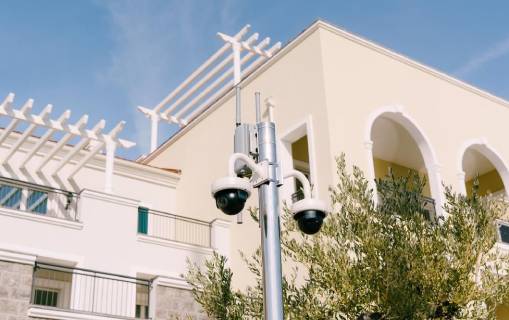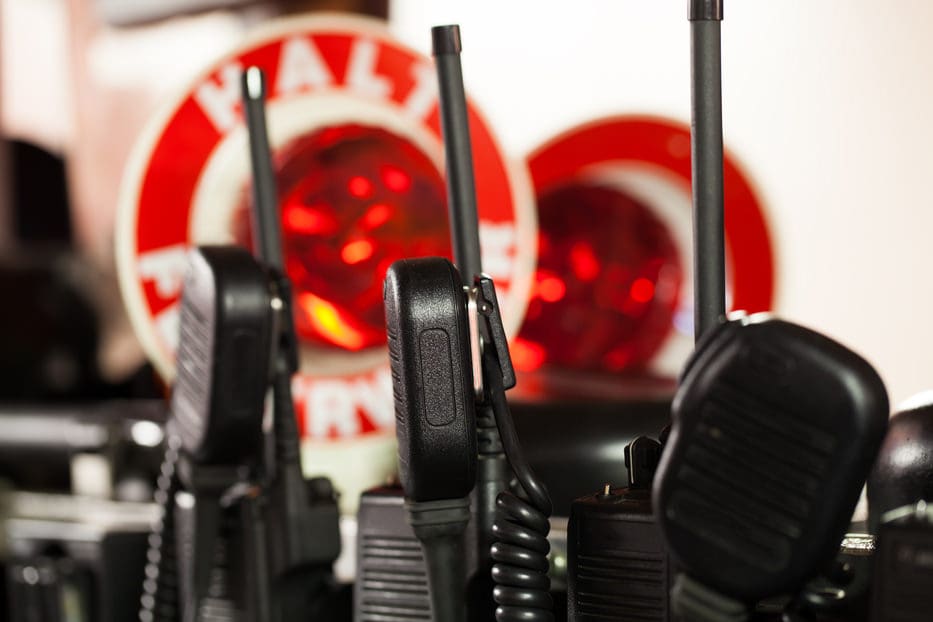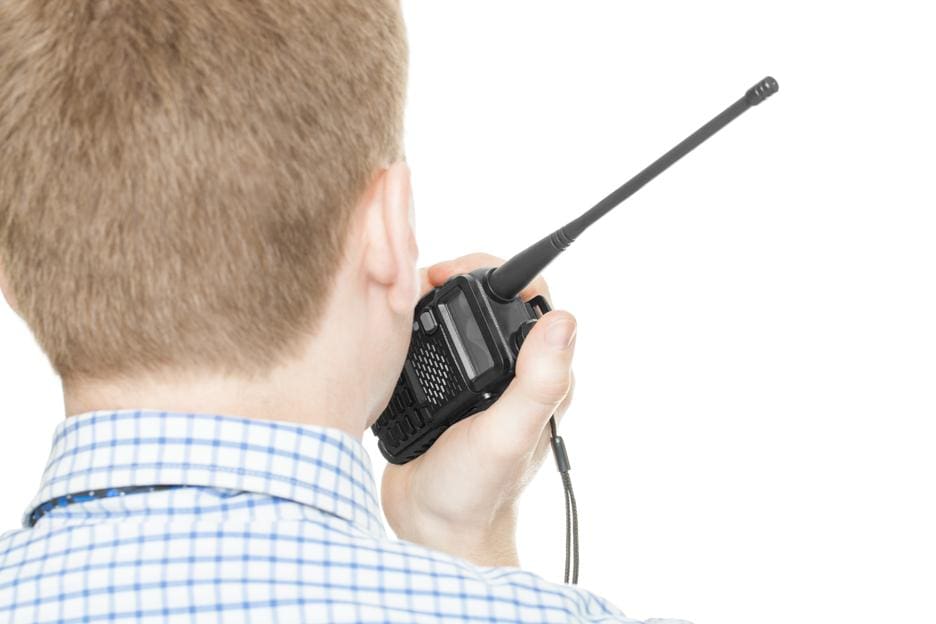Public Safety Systems
What Are Public Communication Systems?
Public Safety Communications Systems (PSCS) are wireless communication systems that are used by first responders and emergency personnel such as fire rescue, law enforcement, homeland security, disaster response agencies, and within the medical field. These systems were designed to enable the above professions to prevent and respond to events that threaten the lives of people or the safety of their property.
Early Public Safety Communications Systems were radio systems created and deployed by Motorola in the 1930s. They were used by firemen and policemen for consistent communication in emergency situations. The Motorola company still provides much of the technology used in our Public Safety Communications Systems today.
Public Safety Communication Systems work by enabling and ensuring that radio signals can penetrate through the walls of various buildings. This would include areas where radio frequencies (RFs) have difficulty penetrating, such as elevators, stairwells, basements, and thick-walled or shield areas.
Today’s first responders, emergency teams, fire rescue, law enforcement, etc., rely on dependable voice communication. They’re also increasingly beginning to rely on data, location information, and telemetry—which allows for a quicker response time during an emergency situation.
All of these tools enabled by cellular technology are crucial to saving lives during emergency situations, which is why there’s a requirement under the National Fire Protection Association (NFPA) and the International Code Council (ICC) that all in-building wireless communications systems be up to a particular code and follow compliance as not to interfere with emergency response signals.
How Does It Work?
Today, Public Safety Communications Systems use digitally-based public safety frequencies and systems to expand their bands up to 700 MHz and 800 MHz. This is what allows for both voice and data transmission and communication. A Public Safety DAS network is set up exactly like a normal DAS network; only it includes much higher bands of radio frequencies for uninterrupted voice communication.
Installation And Requirements
Public Safety Communications Systems have specific code, compliance, and coverage requirements as well as installation requirements.
General Requirements for PSCS
It must also be completely compatible with all RES and BDA systems.
Radio Coverage Requirements
General areas, which are any areas not deemed as “critical,” must have 90% coverage.
Signal Strength Requirements
Buildings that already meet the signal strength requirements without the use of a BDA do not need to worry about signal booster installation.
System Component Requirements
used within a building.
System Frequency Requirements
Building Maintenance Requirements

System Monitoring and Testing Requirements
There are also three types of mandatory testing that are to be carried out under specific codes and requirements. That includes annual testing, system testing (by the building’s owner), and acceptance testing by the AHJ.
Overall testing includes voice quality evaluations, building grid coverage, and the signal strength within each critical area.
Power Supply Requirements
- A stand-alone generator with an automatic failover
- A 12-hour backup battery with the capacity to power all BDAs within the building
All backup power sources are required to carry on operations without power failure or interruption.
Sensitive radio equipment should also be protected during emergency situations. All radio and electronic equipment must be kept in National Electrical Manufacturers Association (NEMA-4) enclosures. These mandatory enclosures will water-proof and protect the sensitive equipment.

Nationwide Communications Services
Nationwide Communications Services is an industry leader in implementing digital technology solutions. We specialize in reliable structured cable installation and can take care of all your DAS and Public Safety Communication Service installation needs. With today’s ever-changing communication environment, you need to have options when it comes to your connectivity needs. Nationwide Communications Services can help you explore your options.


